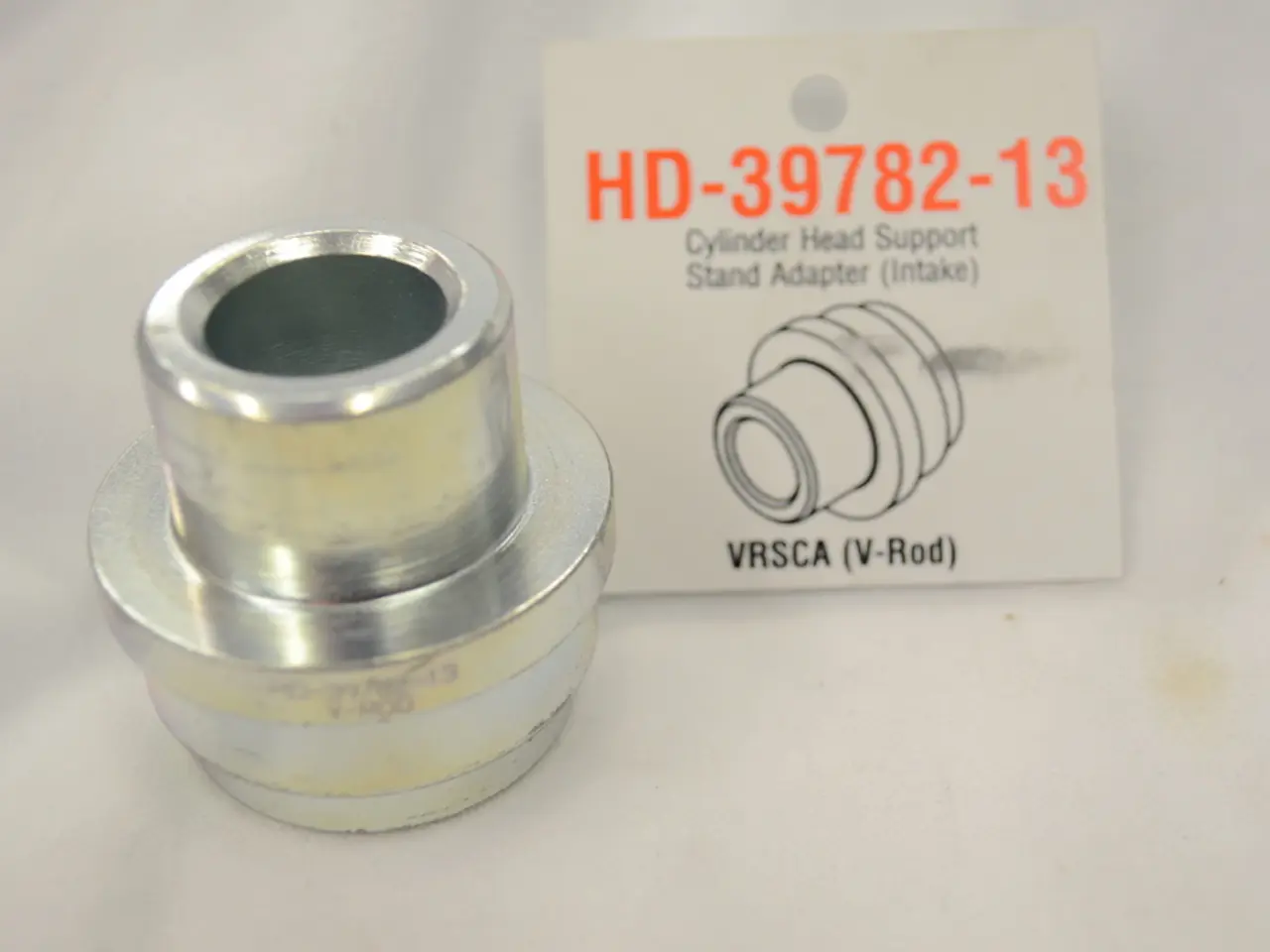Customizing Your Clothing Production Cost Framework
Cost Determination and Pricing Methodology in Clothing Manufacturing
Looking at a clothing manufacturing cost sheet as a new fashion business can be a daunting task. After all, it's filled with confusing foreign jargon like:
- Multiple currencies
- Different consumption measures
- Fabric weights
But what you really want to know is, "Is this a fair price for my product?"
Costing is the Process of Estimating and Understanding Manufacturing Costs
Costing is crucial for both setting the price of your product and accepting orders. It involves a deep understanding of the following components:
- Clothing Manufacturing Cost Estimation: Calculating costs for materials, labor, transportation, and running a business.
- Pricing Knowledge: Reasons for the importance of cost are numerous – from pricing strategy to ensuring profitability and managing cash flow.
How Much Does It Cost To Manufacture Clothes
Production cost, simply put, is the sum of all costs associated with making a product or providing a service. These costs can include the price of supplies, raw materials, labor, and business overheads:
Types Of Production Costs
- Variable Costs: Costs that adjust with production volumes.
- Fixed Expenses: Costs that remain constant regardless of production levels.
- Total Cost: Addition of both variable and fixed costs.
- Marginal Cost: Cost to produce one more unit or the total cost increase.
- Cost On Average: Determined by dividing the total production costs by the number of units or by summing the average variable and fixed costs.
Calculating Total Manufacturing Cost
The aim for apparel manufacturers is to make a profit. Understanding the cost of each production step is vital for the success of your fashion business:
- Purchasing fabrics and accessories
- Processing, finishing, cutting, and sewing
- Packing and shipping
- Transportation
- Overhead costs like banking fees, commissions, insurance, and more.
Follow these steps to determine the cost per garment:
- Determining the weight of a garment per size
- Figuring out Cost per Kg
- Calculating Cost of Fabric per Garment: Weight of garment x Cost of fabric per Kilogram
- The Costing Process:
- Calculate Cost of Fabric per Kg
- Work out Cost of Fabric Per Garment
- Estimate the Total Manufacturing Cost
Profit Margin for Manufacturing Clothing
Understanding the profit margin is essential to ensure your fashion business turns a profit:
- Profit Margin: Desired profit for each item sold.
- Calculating Profit Margin:
- Profit = Total Sales - (Manufacturing Costs + Operating Costs)
- Profit Margin Before FOB:
- Add a percentage markup to the total cost.
Key Takeaways
- Comprehending the intricacies of costing is crucial for both setting product prices and accepting orders.
- Clothing manufacturing cost estimation involves determining the weight of garments, cost per kg, and total manufacturing cost.
- Understanding profit margins helps ensure your fashion business turns a profit.
- Hit target profit margins and keep an eye out for items with high profit potential.
- Utilize a margin calculator template when pricing your clothes.
- Communicate with your manufacturer regarding pricing expectations to streamline the manufacturing process.
If you're ready to take the plunge into clothing manufacturing, you'll want to familiarize yourself with the costing process. With these guidelines, you'll be well on your way to creating a profitable fashion business. Now, let's dive into the secrets of pricing clothing for boutiques and ensuring your garments fetch the right prices.
- In the process of establishing your fashion business, understanding the manufacturing costs is vital for setting competitive prices and accepting orders.
- The costing process involves calculating costs for various components such as materials, labor, transportation, and business overheads, which collectively make up the production cost.
- To ensure profitability, there is a need to comprehend the profit margin, which can be calculated by determining the total sales, subtracting the manufacturing costs and operating costs, and then adding a percentage markup to the total cost.






